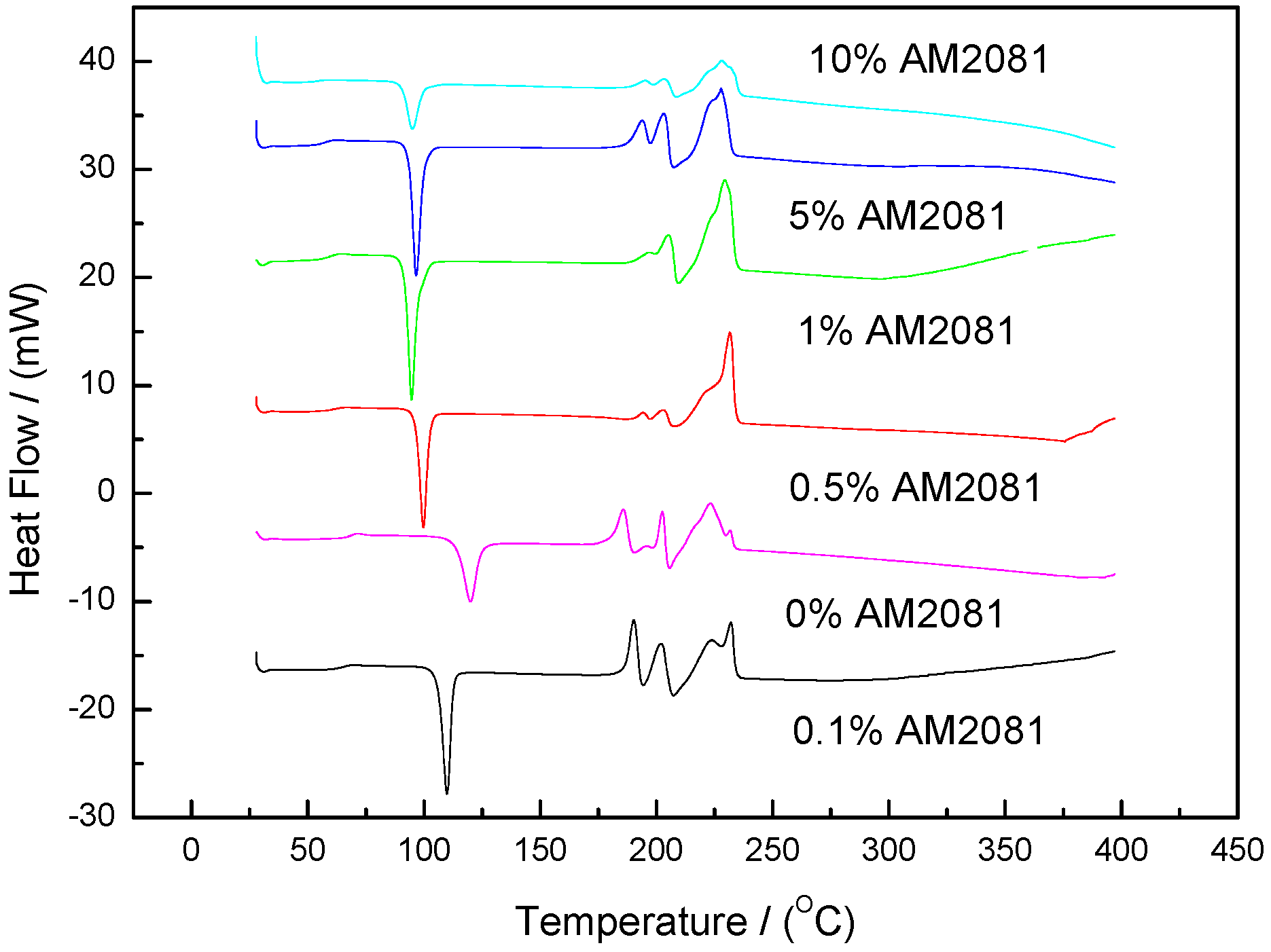The ceramic material.
Thermomechanical properties of ceramics.
Many changes during heating of ceramic materials for example the removal of physically and chemically bonded.
Partially stabilised zirconia psz ceramics have attracted much interest because of their outstanding properties.
Thermomechanical properties of silicon carbide fiber reinforced sialon based composites fabricated by reactive melt infiltration.
Effect of zrc amount and distribution on the thermomechanical properties of c f sic zrc composites haijun zhou state key laboratory of high performance ceramics and superfine microstructure shanghai institute of ceramics chinese academy of sciences shanghai china.
German version en 820 4 2009.
The thermomechanical and thermodilatometric behavior of fired heatproof stove tile ceramic material letovice which contains quartz mullite and small amounts of feldspar and glassy phase was studied while increasing temperature up to 1100 c.
The crystal structure and thermomechanical properties of the synthesised cao psz ceramic samples were determined using xrd and sem.
Microstructure and thermomechanical properties of hfo 2 doped ln sialon based ceramics were studied and the following results were made clear.
To find actual dimensions of the sample thermodilatometry was.
Due to its good thermomechanical properties mullite is a very.
Thermomechanical properties and performance of ceramic resonators for wireless pressure reading at high temperatures august 2015 journal of micromechanics and microengineering 25 9.
Standard by din adopted european standard 01 01 2013.
Mullitic materials thermomechanical properties flexural strength i.
Determination of flexural creep deformation at elevated temperatures.
It will appeal to materials scientists construction engineers process engineers and mechanical engineers.
Search for more papers by this author.
Introduction flexural tests three point four point are used to study the mechanical properties of materials at room and elevate temperatures 1 2.
1 highly dense α β sialon based ceramics were fabricated by sintering a mixture of imide derived α si 3 n 4 ln α sialon and a small amount of hfo 2 powder.
In this study fused zro 2 was treated as a raw resource for the synthesis of cao psz ceramic materials through a facile sintering process.
Young s modulus was measured using the non destructive sonic resonant method mf tma.
Japan fine ceramics center 2 4 1 mutsuno atsuta ku nagoya 456 8587 japan.
Thermomechanical fatigue of ceramic matrix composites is an excellent book for developers and users of cmcs as well as organizations involved in evaluation and characterization of cmcs.

